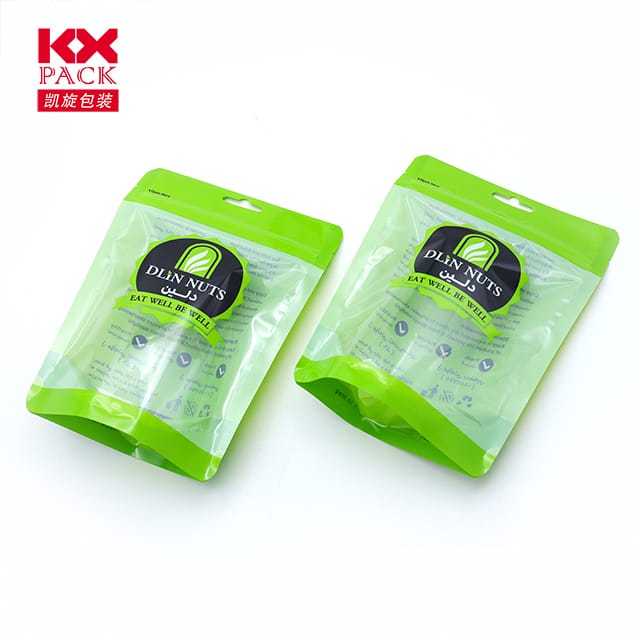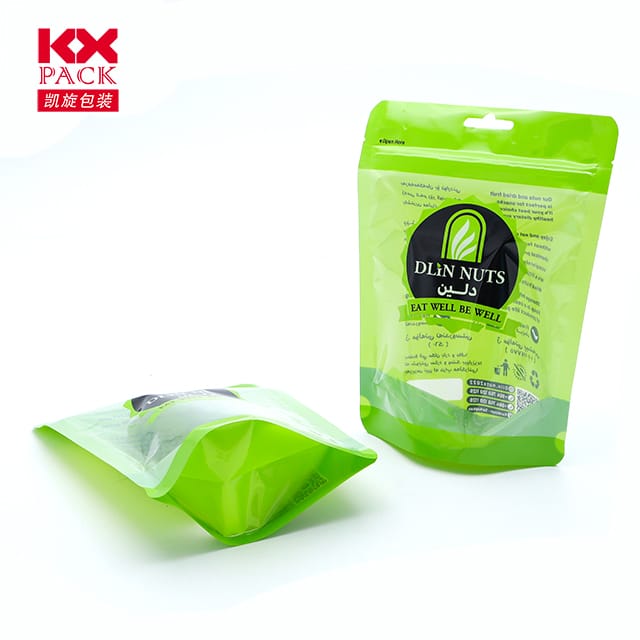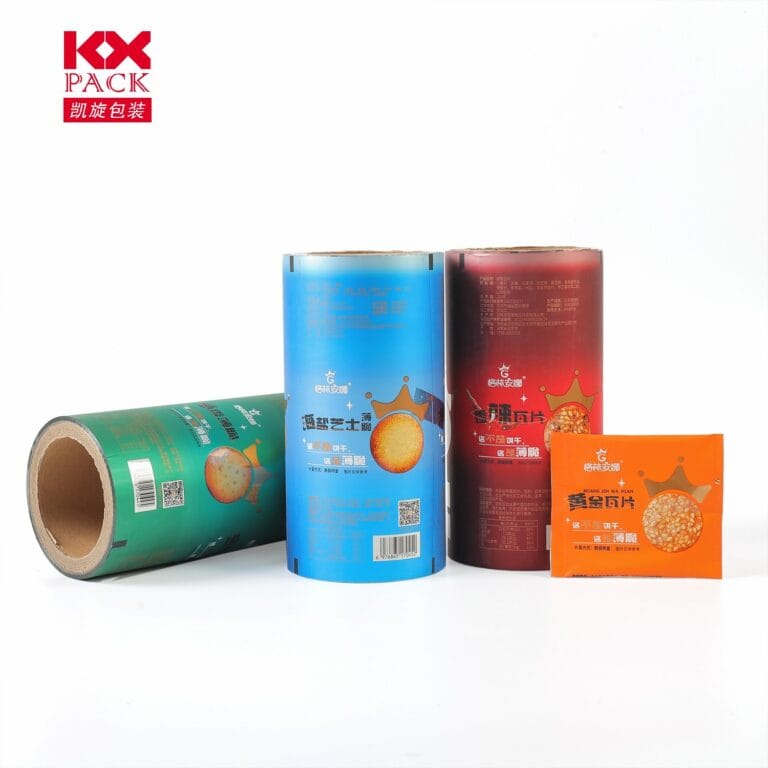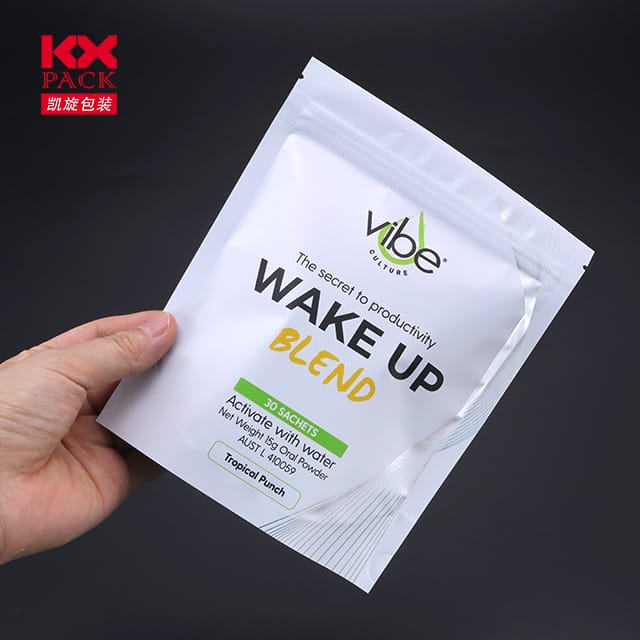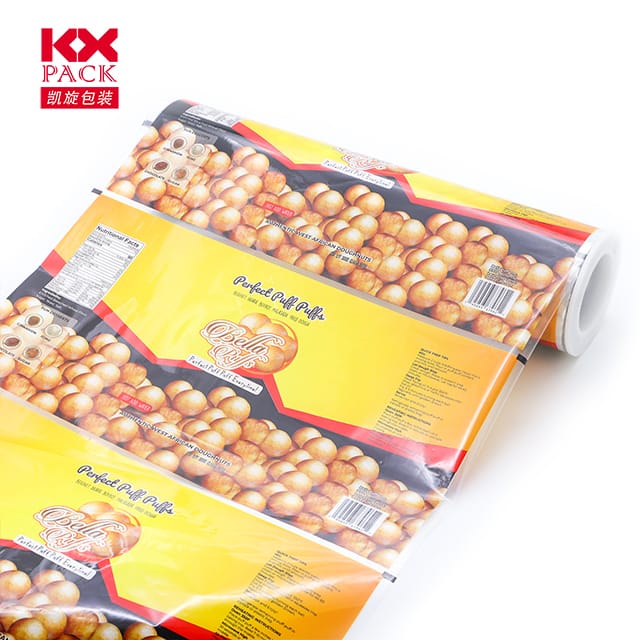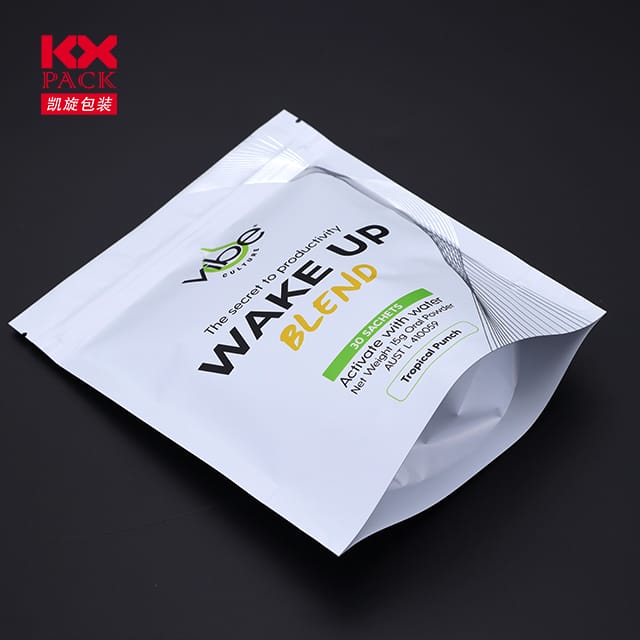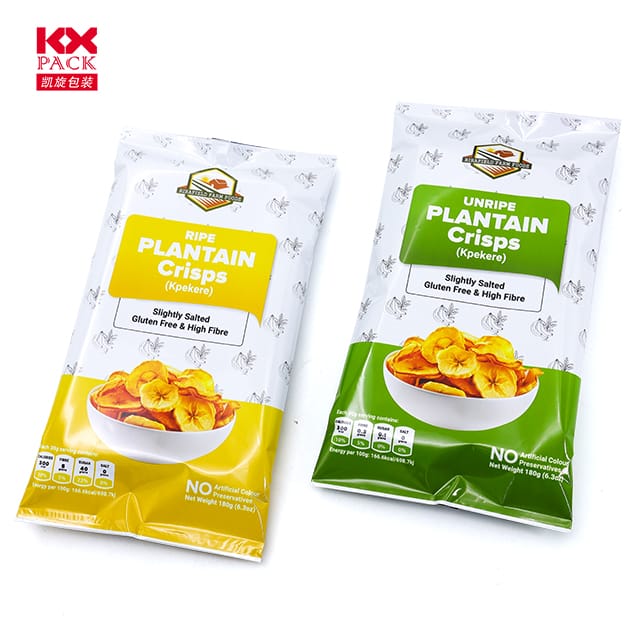Evolucija i utjecaj fleksibilnih filmova u pakiranju hrane: Održiva revolucija (3)
Fleksibilni filmovi
U današnjem brzom svijetu, Pakiranje hrane više se ne odnosi samo na zadržavanje - to je znanost koja uravnotežuje očuvanje, pogodnost, i održivost. Među inovacijama koje pokreću ovu transformaciju, flexible films have emerged as a game-changer in food packaging. Lagan, svestran, i prilagodljiv, Ovi materijali preoblikovaju kako zaštitimo, prijevoz, i konzumirati hranu. Let’s dive into why flexible films are revolutionizing the industry and what their future holds.
Koji su fleksibilni filmovi?
Flexible films are thin, pliable materials made from polymers like polyethylene (PE), polipropilen (PP), poliester (LJUBIMAC), and biodegradable alternatives such as PLA (polilaktična kiselina). These films can be laminated, coated, or printed to create packaging solutions tailored for specific food products—from snacks and fresh produce to frozen meals and beverages.
Their key advantages? Lightweight construction reduces shipping emissions, customizable barrier properties extend shelf life, iflexibility allows for efficient use of space in packaging designs.
Why Are Flexible Films Dominating Food Packaging?
- Enhanced Shelf Life
Flexible films can be engineered with oxygen, vlage, and light barriers to prevent spoilage. Na primjer, high-barrier laminates keep coffee fresh, while modified atmosphere packaging (KARTA) films extend the shelf life of meat and cheese. - Sustainability Gains
Traditional rigid packaging often uses more material and generates higher waste. Flexible films, by contrast, require fewer resources to produce and transport. Dodatno, advancements in recyclable and compostable films (Npr., bio-based PLA or mono-material PE structures) are reducing plastic pollution. - Pogodnost & Inovacija
Resealable zippers, easy-tear openings, and stand-up pouches make flexible packaging consumer-friendly. Brands like snack companies and ready-meal producers leverage these features to enhance user experience. - Troškovna učinkovitost
Lighter materials mean lower shipping costs, and the ability to form-fill-seal (FFS) on high-speed machinery boosts production efficiency.
Challenges & Put ispred
Despite their benefits, flexible films face hurdles:
- Recyclability Complexity: Multi-layer laminates (Npr., PET/AL/PE) are hard to recycle.
- Percepcija potrošača: Some still associate plastics with waste, even if innovations like chemical recycling or compostable films exist.
Solutions on the Horizon:
- Mono-Material Structures: Using a single polymer type (Npr., all-PE pouches) improves recyclability.
- Biorazgradivi filmovi: Made from renewable resources, these break down naturally, Iako skalabilnost ostaje izazov.
- Pametno pakiranje: Integrating sensors or QR codes into films to track freshness and reduce waste.
The Future is Flexible
The global flexible packaging market is projected to reach$250 milijardi do 2028, driven by e-commerce growth and sustainability mandates. Brands are increasingly prioritizingcircular design—creating packaging that’s recyclable, reusable, or compostable by design.
As consumers demand eco-friendly options without sacrificing convenience, flexible films will play a pivotal role in bridging the gap. The next frontier? Inovacije poputedible films (made from seaweed or starch) iliself-healing materials that further minimize waste.
Zaključak
Flexible films are more than just packaging—they’re a testament to human ingenuity in solving modern challenges. By balancing functionality, održivost, and affordability, they’re not just protecting food but also our planet. Kako tehnologija napreduje, jedno je jasno: the future of food packaging is flexible, and it’s here to stay.
What’s your take on flexible films? Podijelite svoje misli u komentarima u nastavku! 🌱🍱
Ključne riječi: flexible films, food packaging, održivost, shelf life, biorazgradiv, reciklirati, circular economy

